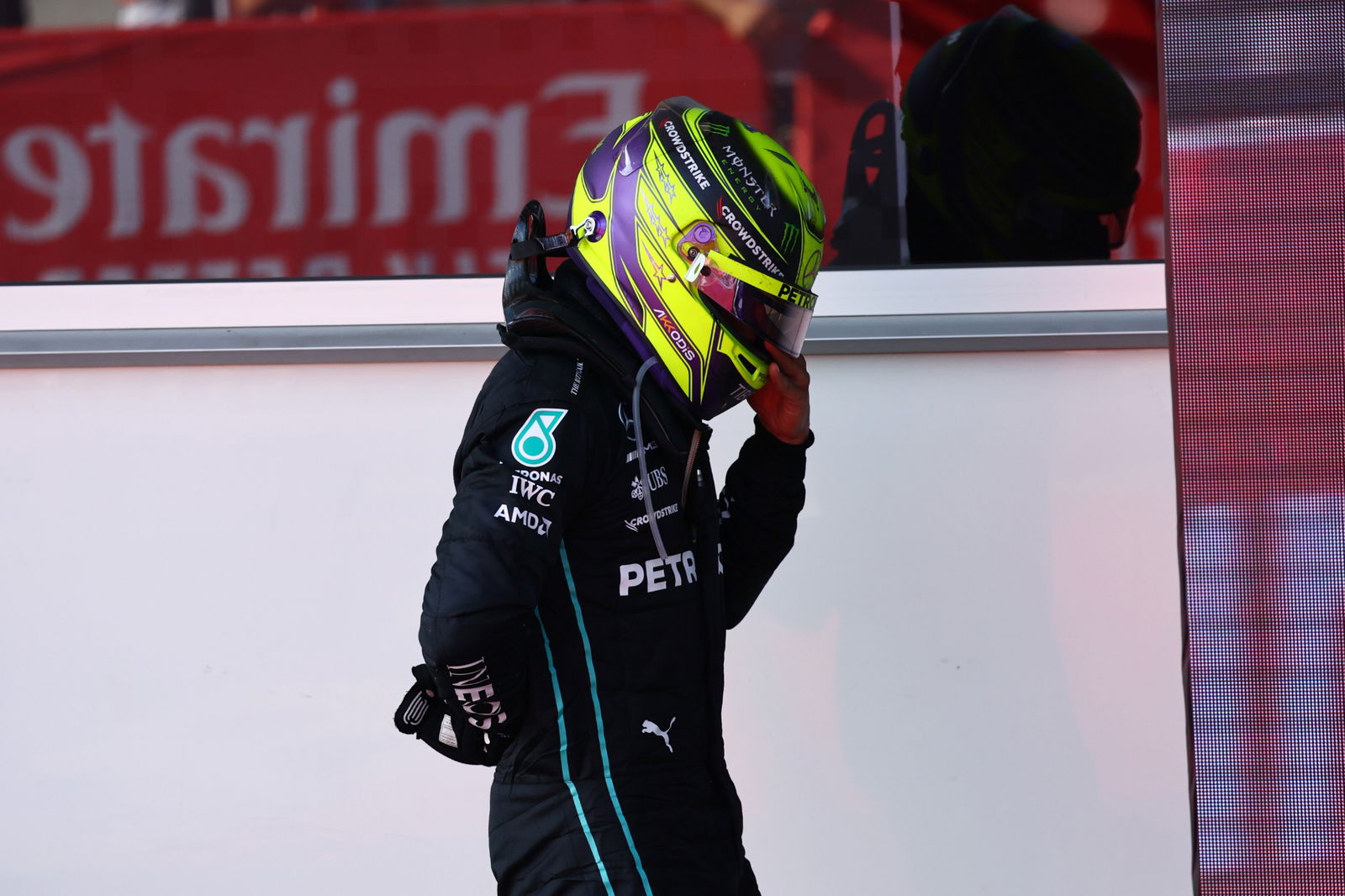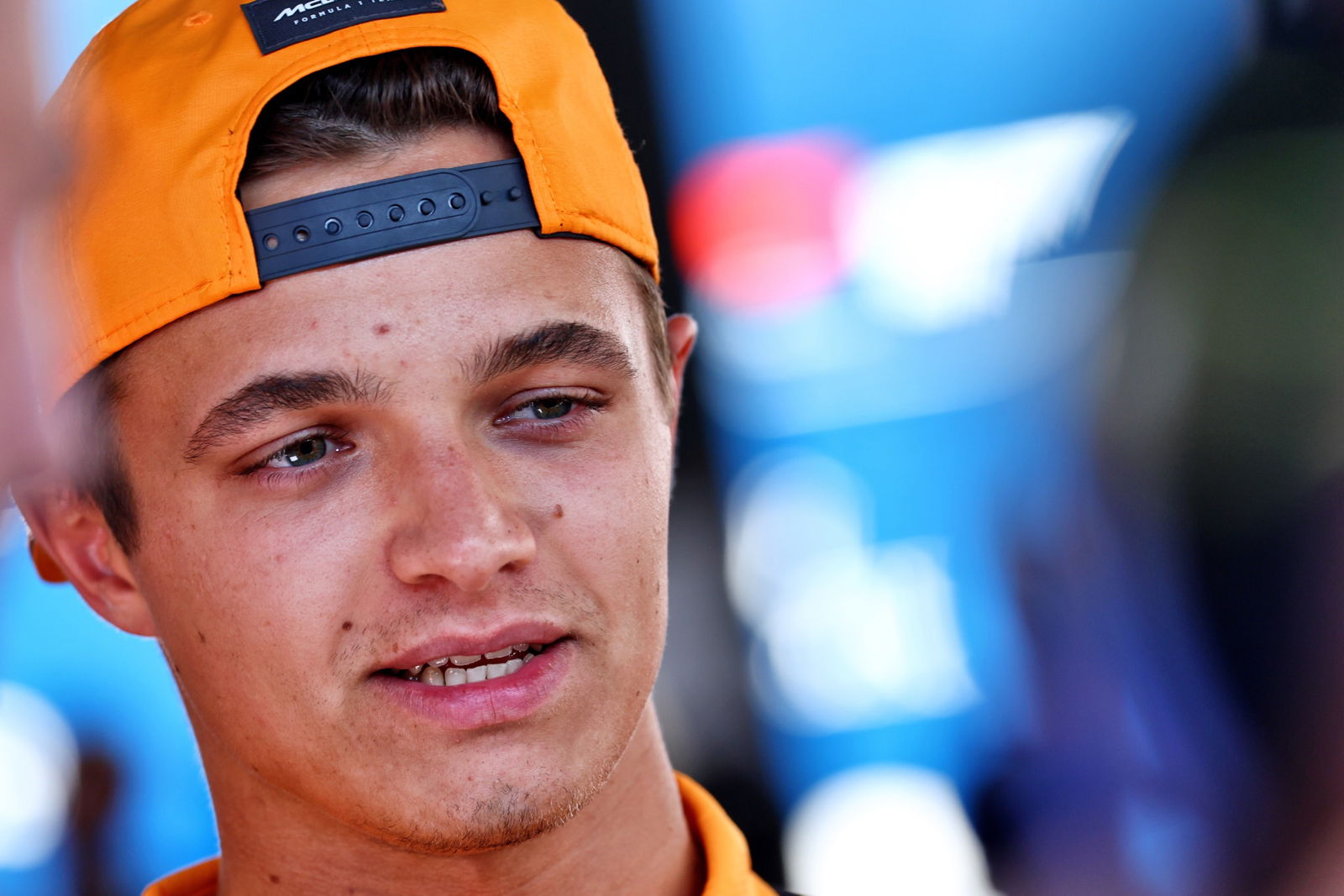Porpoising F1: What is it? Explaining the bouncing car phenomenon

Porpoising has been a major factor throughout the current F1 regulations.
As a result of the ground effect cars, seeing the new F1 cars bounce on the straights has been a common sight.
What is porpoising?
Porpoising is an aerodynamic phenomenon that F1 cars have been affected by since the introduction of the new ground effect regulations for this year.
Ground effect is when air is sucked underneath the car to pull it down onto the track at high-speed, producing downforce as a result.
Porpoising occurs when the floor gets too close to the ground and it causes the airflow to stall, forcing the car to spring upwards.
However, once the car’s floor is clear of the ground, the air flow gets in again and the car is sucked downwards again causing a bouncing sensation known as porpoising.
What causes porpoising?
The current regulations have changed the airflow around the cars in a bid to reduce turbulent air and improve overtaking.
Downforce is now generated through ground effect (underneath the cars) by forcing the air through ‘venturi tunnels’ at high-speed and thus creating a suction effect.
Porpoising happens when you can’t control what the downforce does to the airflow under the car.
How can you stop porpoising?
One easy way to stop it is by raising the ride height of the car - something a lot of teams simply didn’t do in the early part of the season.
The lower the ride height, the more downforce generated as a result of the new ground effect cars.
This explains why teams like Mercedes ran their cars as low as possible despite a severe amount of porpoising.
Does porpoising have health implications?
Porpoising has potential long-term health implications.
Lewis Hamilton suffered backache at the 2022 Azerbaijan Grand Prix.
The FIA introduced a technical directive for the 2022 Belgian Grand Prix to combat it.

Mercedes’ George Russell even reported ‘chest pains’ and ‘sore necks’ at Imola in 2022.
"When the car is in the right window and the tyres are in the right window, the car - except for the bouncing - feels really good to drive.
"But the bouncing, it really takes your breath away. It's the most extreme I've ever felt it.
"I really hope we find a solution and I hope every team struggling with the bouncing finds a solution, because it's not sustainable for the drivers to continue.
"This is the first weekend I've truly been struggling with my back, and almost like chest pains from the severity of the bouncing.
"It's just what we have to do to go and do the fastest laps."
Since last year, the effect of porpoising has lessened.


